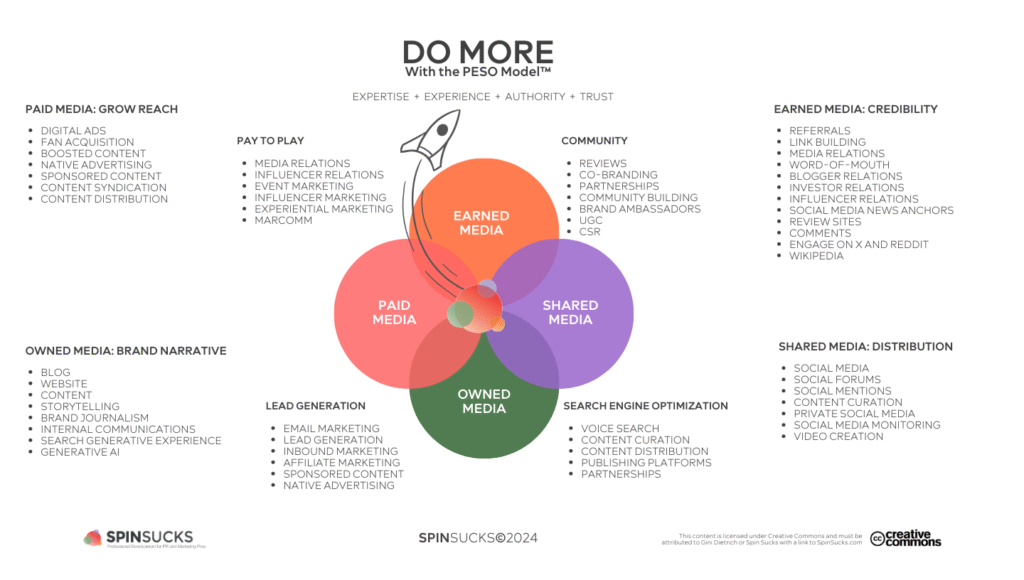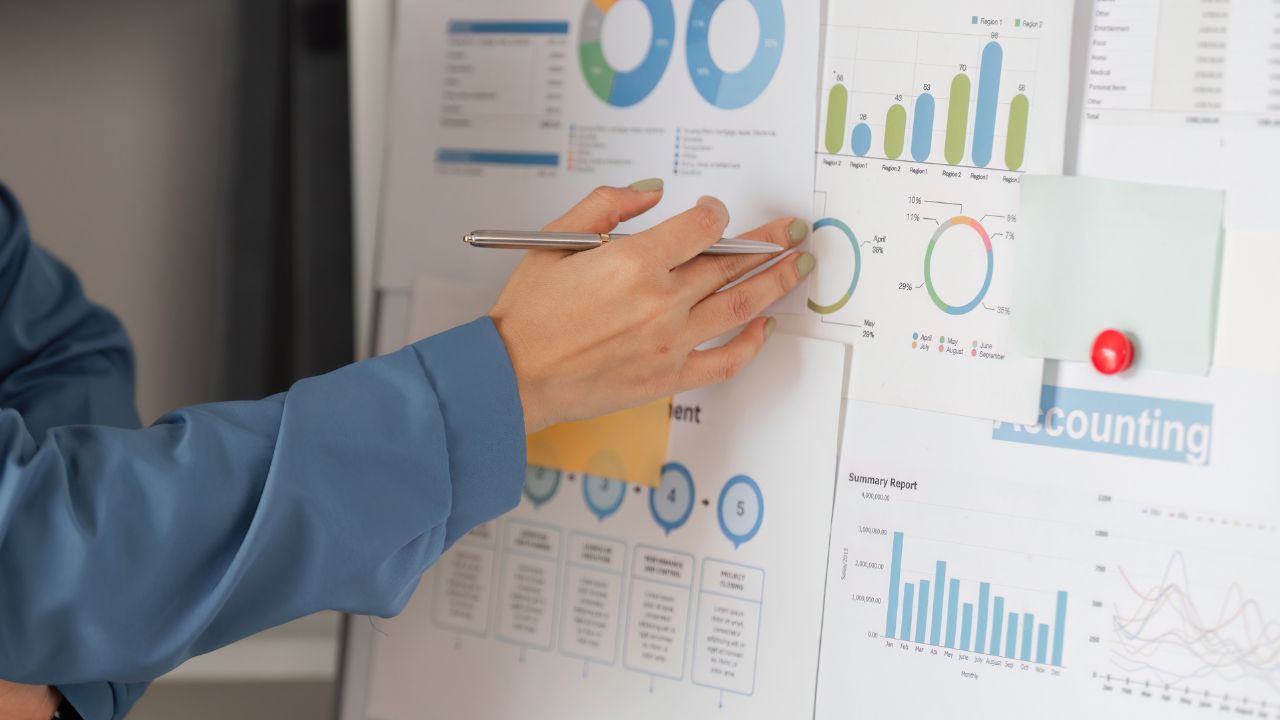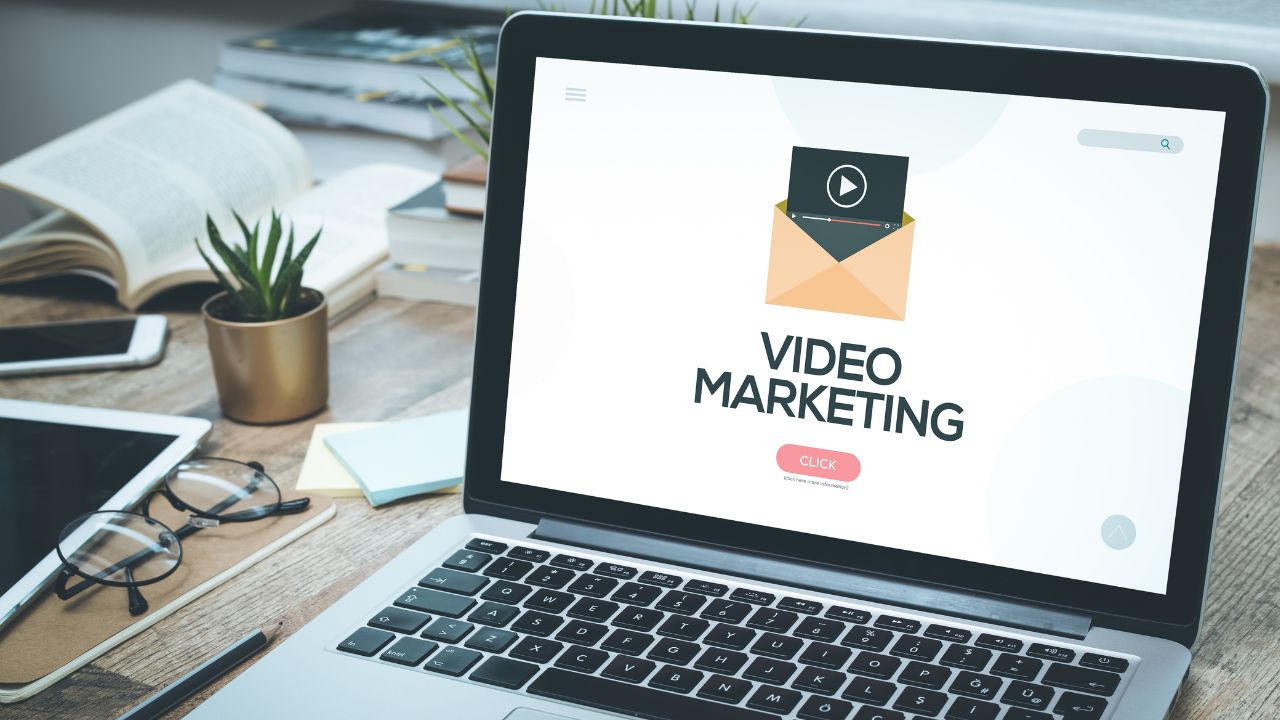Public Relations (PR) has changed a lot in recent years. With social media, websites, blogs, and online news, and Influencer Collaborations, brands now have many ways to reach people. But without a proper plan, it’s easy to feel lost. That’s where the PESO Model helps.
PESO stands for Paid, Earned, Shared, and Owned media. It’s a simple way to organize all your PR and communication work. This model shows how different types of media work together to build trust, reach the right audience, and grow your brand.
Let’s take a closer look at what it means and how you can use it.
What is the PESO Model?
The PESO Model is a framework used in public relations to combine four types of media:
- Paid Media – What you pay for
- Earned Media – What others say about you
- Shared Media – What people share on social media
- Owned Media – What you create and control
Using these together helps you build better visibility and trust for your brand.
1. Paid Media
Paid media is when you pay to promote your brand. It gives you quick visibility, especially when you’re launching something new or want to reach more people fast.
Examples:
- Google Ads or Facebook Ads
- Sponsored posts on Instagram or LinkedIn
- Paid influencer collaborations
Why it’s useful:
You control the message and audience targeting. It helps boost important news and can support your earned or owned media.
2. Earned Media
Earned media is when people talk about your brand without being paid. You “earn” this attention by having something newsworthy or valuable to share.
Examples:
- Customer testimonials
- News articles or TV interviews
- Magazine features
- Organic product reviews or blog mentions
Why it’s powerful:
Earned media builds trust. People believe what others say more than what you say about yourself. It’s free, but it takes effort and good relationships with the media.
3. Shared Media
Shared media is content that is shared on social platforms and online communities. This includes both what your brand posts and how your audience engages with it.
Examples:
- Posts on Facebook, Twitter, LinkedIn, Instagram
- Comments, likes, and shares
- Brand mentions and tags from your followers
Why it matters:
It helps you connect directly with your audience. Shared media is fast, interactive, and a great way to show your brand’s personality.
4. Owned Media
Owned media is content you fully control. This is your space to tell your brand story, share updates, and explain your products or services.
Examples:
- Your website or blog
- Email newsletters
- Ebooks or brochures
- Company videos or podcasts
Why it’s valuable:
You decide what to say and when to say it. Owned media helps educate your audience and supports long-term brand building.

Why the PESO Model is Important
Many businesses only focus on one or two types of media — like ads or social media posts. But this can lead to missed opportunities.
The PESO Model helps you:
- Create a balanced communication plan
- Reach different audiences in different ways
- Improve brand visibility and trust
- Get better results from your PR efforts
Each part supports the others. For example, a press article (earned media) can be shared on social (shared media), then posted on your blog (owned media), and even promoted through ads (paid media).
Real-Life Example: How Startups Use PESO for PR
Let’s say a tech startup is launching a new app:
- Paid Media: They run Instagram ads to promote the app
- Earned Media: They send press releases to tech journalists and get featured in an online magazine
- Shared Media: They post launch updates and client reviews on LinkedIn and Instagram
- Owned Media: They write a blog post explaining how the app solves a real problem
By combining all four, the startup builds awareness, earns trust, and increases downloads.
How to Get Started with the PESO Model for your PR Campaigns
If you’re new to PR or marketing, start small. Here’s how:
- Pick one story or message – like a product launch or success story
- Create content for your blog or newsletter (Owned)
- Share it on social media with good visuals (Shared)
- Reach out to media with a press release (Earned)
- Run a small ad campaign to boost reach (Paid)
Track what works and build from there.
Conclusion: Use the PESO Model to Build a Stronger Brand
The PESO Model makes PR simple and clear. It helps you plan your communication in a smart way — using a mix of media types to connect, engage, and grow.
You don’t need a big team or budget to use it. You just need good content, smart ideas, and a plan to share your message.
Whether you’re running a startup, small business, or managing PR for a bigger brand, the PESO Model can help you tell your story better and reach the right people.




